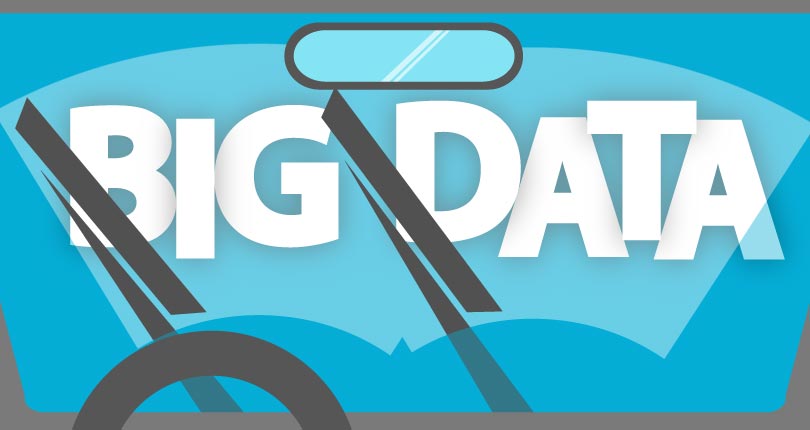What is Dirty Data?
By now, most businesses understand the appeal of using big data analytics. With big data, companies can improve their efficiency, increase productivity, and gain valuable insights that drive their work forward. Few will deny the important role big data now plays in organizations all over the world, but gaining those unique benefits requires having high-quality data, something that has become increasingly difficult to do. All too often, the data collected by businesses is filled with mistakes, errors, and incomplete values. This is referred to as dirty data, and it can represent a formidable obstacle to companies hoping to use that data to improve. Dirty data isn’t just a minor issue in the grand scheme of things, either. According to The Data Warehouse Institute (TDWI), dirty data ends up costing U.S. companies around $600 billion every year. To fully address this problem, businesses need to understand what causes dirty data and how best to fix it.
Dirty Data Examples
User Errors
Part of the key to using big data analytics most effectively is to have data that is accurate and complete. Unreliable data more often than not leads to businesses coming to the wrong conclusions. The problem is when user error creeps into data sets. One way organizations collect data on their customers is by having them fill out online forms. When filled out fully and correctly, this gives companies lots of information to parse and analyze. When customers leave holes in that data, however, or when they fill it out inaccurately by mistake or on purpose, businesses will find themselves at a severe disadvantage. This is of particular concern to sales and marketing teams who depend on accurate customer information to drive sales. In fact, a recent survey of marketers shows that more than half (60 percent) say the health of their data is unreliable.
Data Linking or Condensing
Other problems with dirty data arise when organizations attempt to link data across different sets. When the sets of data don’t have a unique identifier, linking them can create problems, often popping up in the form of repeated entries that weren’t combined due to minor errors. Or sometimes, data is combined when it shouldn’t be (like when customers with the same name have their information mixed together). These types of dirty data problems most often crop up when businesses employ multiple databases at the same time and try to combine them, or when they are using older technology that can’t keep up with current data demands. The same issues can appear when trying to condense more complex data sets into a more manageable form.
How to Clean Dirty Data
Once a company has identified what causes dirty data, it can go about trying to clean that data up. Such a task isn’t always easy, but once completed, it can be well worth the business’s time, resources, and effort. Data cleaning requires going through the data meticulously, noting where incorrect or absent values could be hurting data accuracy. Obviously, if the data sets are enormous, doing this manually becomes nearly impossible, but luckily, big data algorithms can actually help in cleaning up dirty data. These algorithms have been designed specifically to fix the most common cases of user and collection errors. While they may not fix every single mistake or inaccuracy, they do greatly limit the number of errors, making dirty data much cleaner than before.
Preventing Dirty Data
Organizations can also take the proper preparations to prevent dirty data from ever becoming a big problem in the first place. By establishing a trusting relationship with customers (like not filling their emails with spam), people will be less willing to provide inaccurate or false information on any forms they fill out. Companies can also clean up data by updating their systems to ensure they can handle large amounts of data collection and analysis. Businesses with the right technology may even get into data scrubbing, which is like data cleaning but more thorough, involving processes like filtering, decoding, and translating.
Dirty data can pose significant problems to businesses trying to use big data. Much of the time, companies don’t realize they even have a problem until dirty data has become rampant. Taking the steps now to clean data and prevent the issue will go a long way toward helping organizations make the most of the data they collect. Only then will they see the true benefits that big data analytics has to offer.




